Kenya’s annual Saba Saba demonstrations—named for the original July 7th, 1990 march that forced the return of multiparty politics—turned deadly again this year. By nightfall on July 7th the national police service confirmed eleven deaths and 567 arrests after security units moved to stop marches in 17 counties. The state-funded Kenya National Commission on Human Rights earlier logged ten fatalities, saying some victims were shot at close range in Nairobi’s Kangemi and Mathare neighborhoods. Hospitals in the capital treated scores of gunshot and tear-gas injuries; Reuters reporters saw officers fire live rounds when crowds tried to pull down a roadblock on Waiyaki Way.
Police Tactics and Accountability
Police sealed roads to State House, parliament, and the Supreme Court before dawn, rolled out water cannon, and strung razor wire across major junctions. Interior Secretary Kithure Kindiki had warned that anyone “breaching secure zones” would meet force, a stance critics say granted officers free rein. Rights monitors documented plain-clothes officers working with armed civilians in two Nairobi estates; police called the claim “unfounded” and said officers used force only after protesters hurled rocks and set tires alight. Two fresh complaints of forced disappearances were filed with the Independent Policing Oversight Authority, which remains under-resourced and has secured only a handful of convictions since its 2011 founding.
Grievances Driving the Street Anger
Although Saba Saba is rooted in Kenya’s democracy struggle, today’s unrest has a different profile. Demonstrators in Nairobi, Kisumu, Eldoret, and Mombasa were largely under 30 and carried placards blaming police for the June 5th custodial death of blogger-teacher Albert Ojwang and the televised shooting of a protester on June 17th. They also targeted President William Ruto’s economic record: inflation sits near 8 percent, fuel taxes doubled last year, and a raft of levies pushed through parliament in June will raise bread, data, and fertilizer prices in August. In a June poll by TIFA Research just 14 percent of respondents said the country is on the right track, down from 37 percent early last year.
Political Stakes for Ruto and Odinga
President Ruto, halfway through his first term, still commands a working majority after coaxing opposition leader Raila Odinga into a cooperation pact late last year. Even so, Odinga tried to join protesters at Kamukunji grounds but claimed police blocked his motorcade. On a brief phone link to local radio he accused the government of “shoot-to-kill policing” and called for an all-party security reform forum. The government, for its part, brands parts of the movement “economic sabotage” and says officers will continue to guard strategic sites, citing last year’s tax-bill riots that left more than 60 people dead. With the next general election two years away, neither side appears ready to compromise: the president insists revenue measures are needed to contain an $88 billion public-debt load, while protest leaders vow to escalate if fuel and food levies remain.
Economic Cost and What Comes Next
Central Nairobi was a ghost town on July 7th: long-distance buses were diverted to the outskirts, supermarkets and most banks stayed closed, and traders at the city’s main produce market lost a full day of sales. The Kenya Private Sector Alliance estimates each protest day trims at least 0.1 percentage points off quarterly GDP. Businesses fear a repeat of 2024, when month-long demonstrations coincided with the post-pandemic recovery and foreign direct investment fell 13 percent. Human-rights lawyers warn that unchecked police force may radicalize a generation already skeptical of political institutions; since June 2024 at least 80 Kenyans have died in protest-linked incidents.
Parliament reconvenes on July 16th with an opposition motion to accelerate a stalled Police Service Amendment Bill that would create an independent disciplinary directorate able to prosecute officers directly. The ruling coalition says existing oversight bodies suffice but agrees to hold hearings on the July 7th operations. Meanwhile, protest organizers signal a tactical shift toward “economic boycotts” of firms tied to senior officials if cost-of-living concerns go unanswered. Whether the government tempers new taxes or tightens its security line, the balance it strikes in the coming weeks will determine if Kenya moves past this cycle of street confrontations—or braces for another round before year’s end.



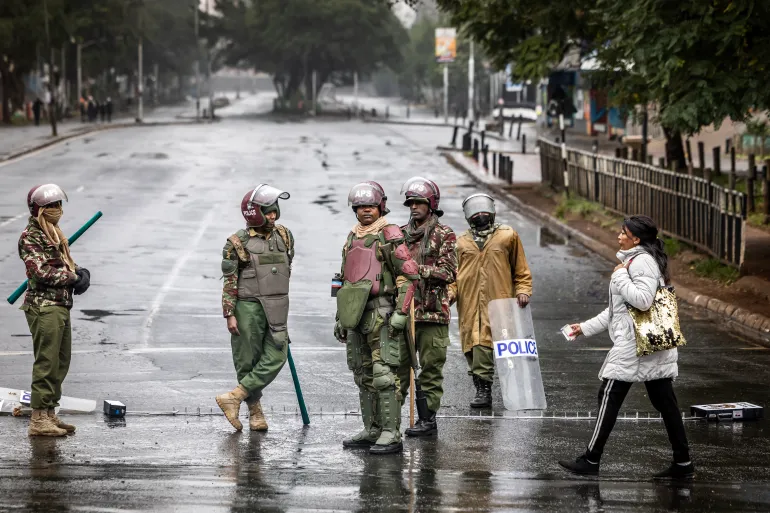
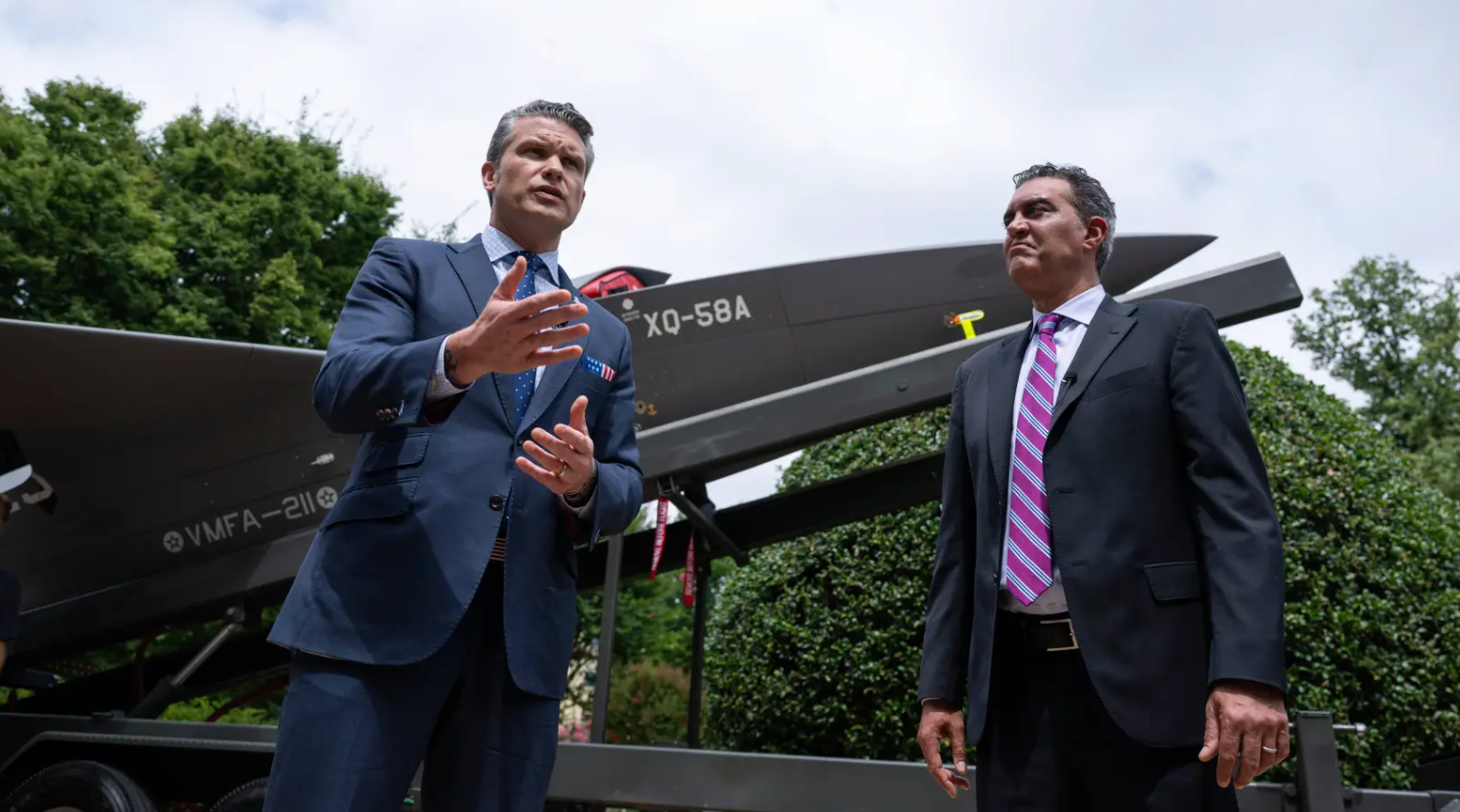


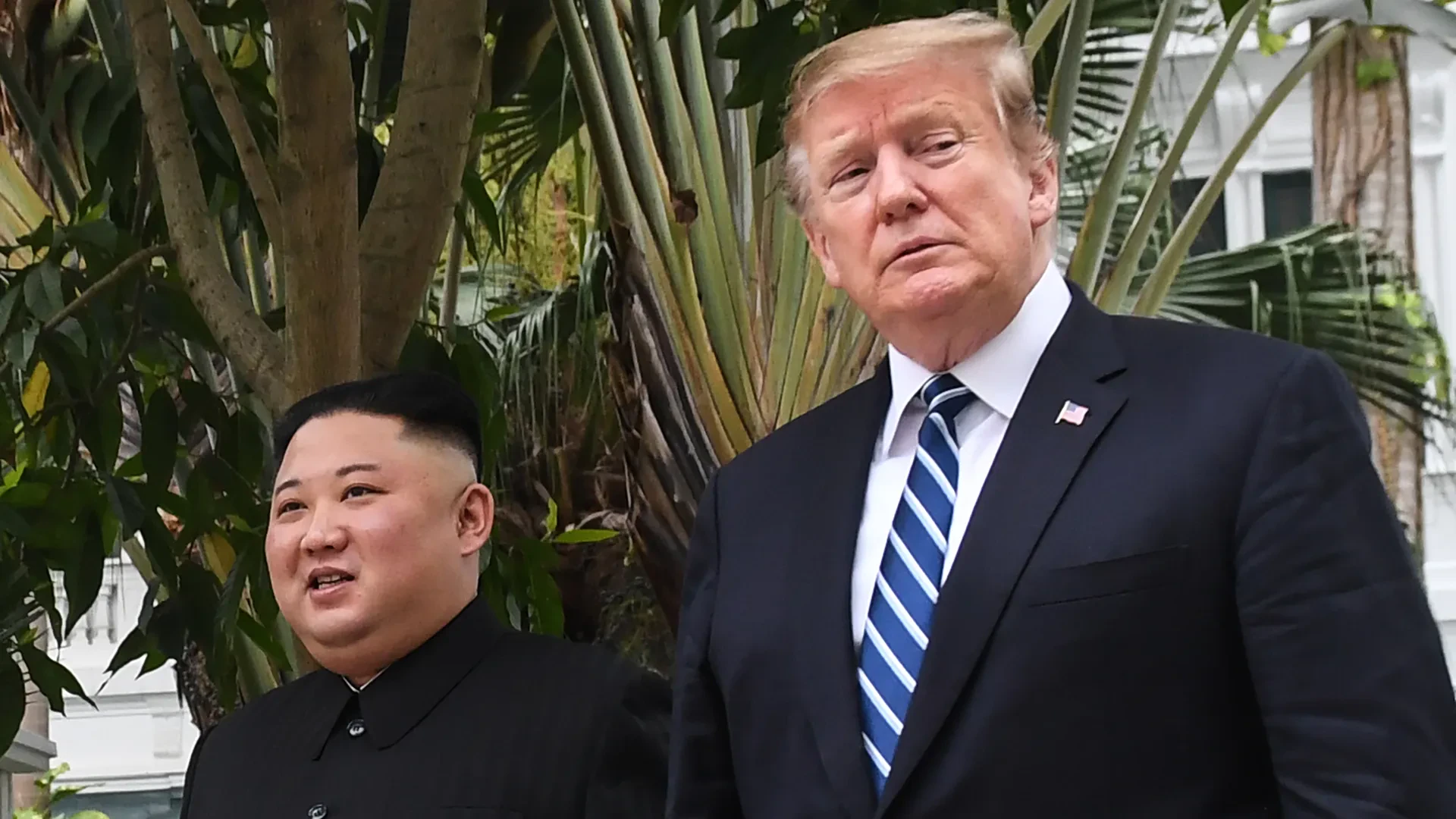


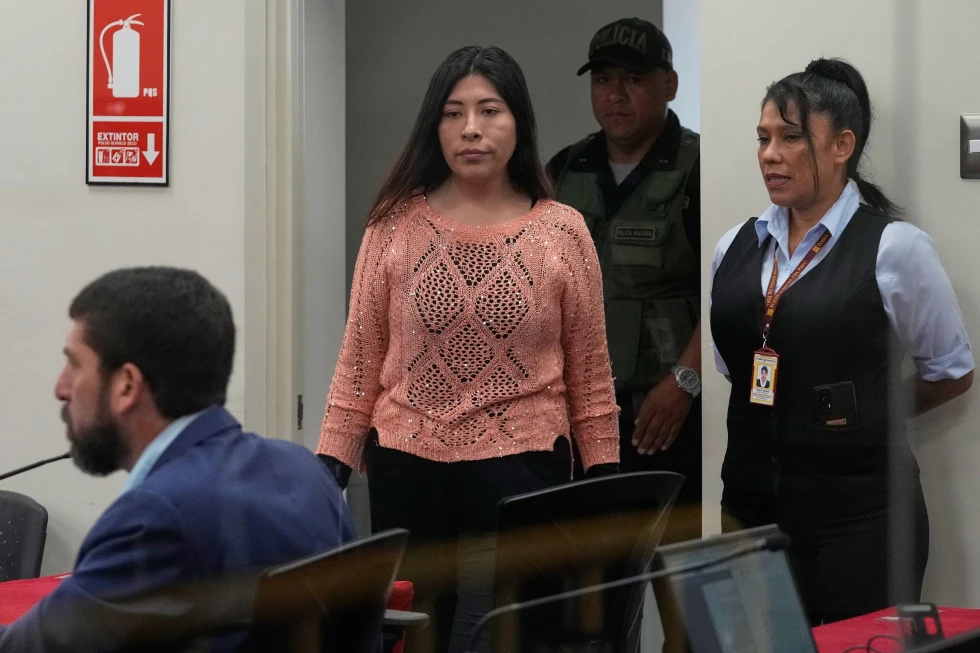
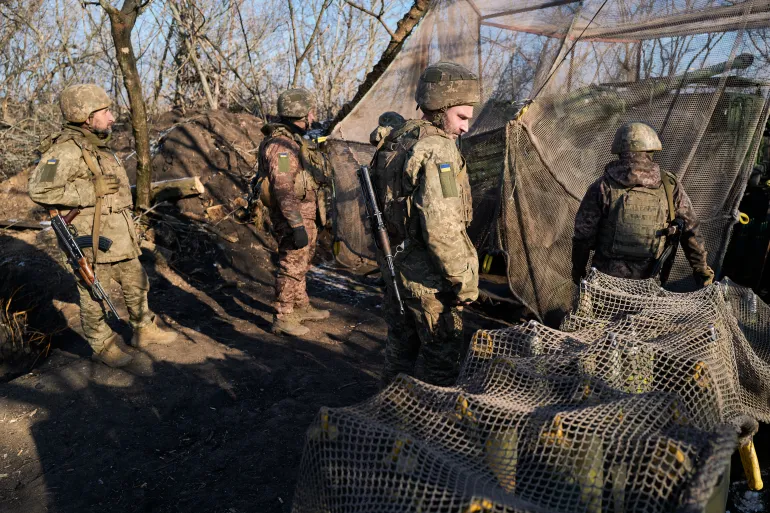

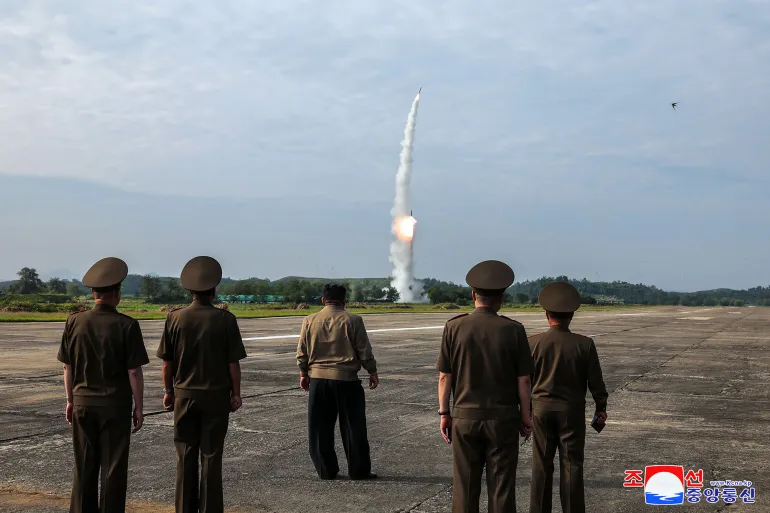

Discussion